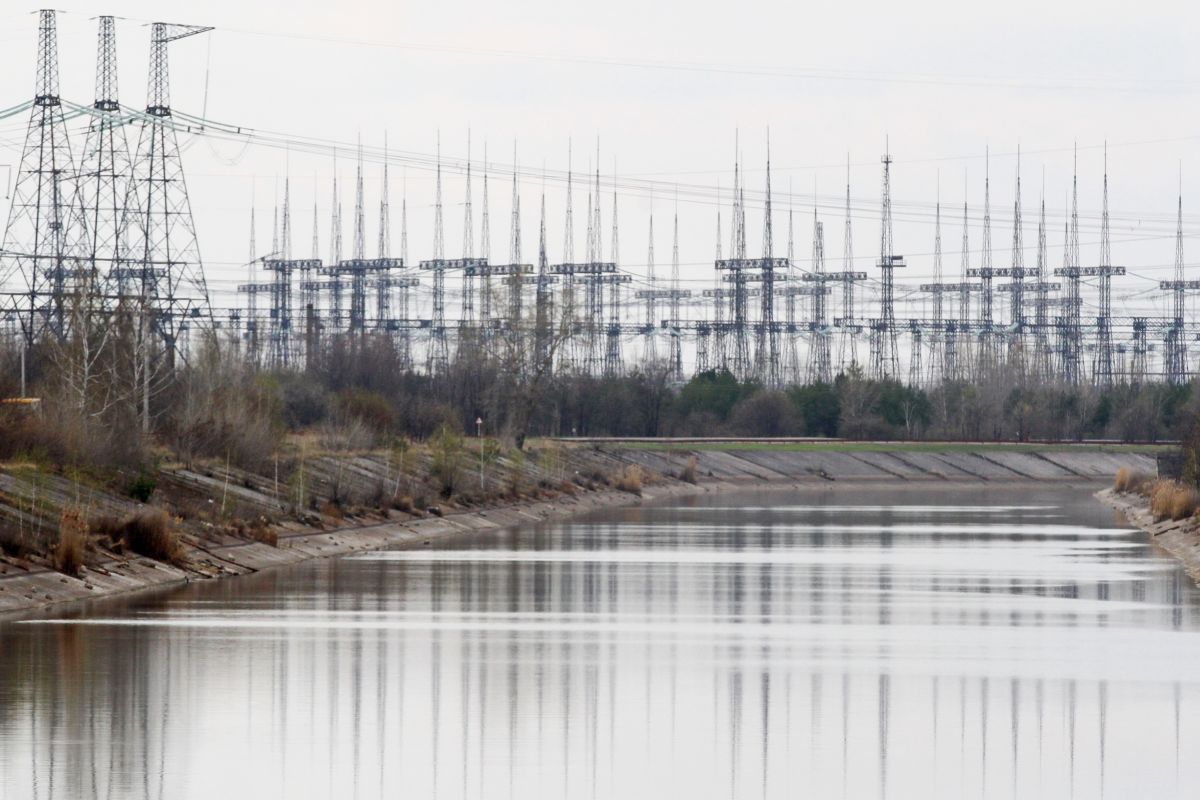Russia’s missing An-2 plane found, all aboard alive
The missing An-2 light aircraft, which disappeared in Russia's Kamchatka Peninsula has been found with all three people aboard alive, local authorities said on Sunday.
The project, begun in 2006 but weighed down for years by the economic crisis, uses the same technology as the old Soviet atomic icebreakers, though it has two small KLT-40S naval propulsion reactors.

The Ukrainian government has recently declared the territory around Chernobyl nuclear power plant (File Photo: IANS)
Russia on Friday launched the world’s only floating nuclear power plant, built to withstand tsunamis and crashes with icebergs, despite criticism by environmentalists who consider it a time bomb comparable to the Chernobyl nuclear station.
The vessel, dubbed the Akademik Lomonosov, is set to travel about 2,900 miles to the Arctic port town of Pevek, which has a population of about 4,000 people, where it will be loaded with nuclear fuel and put in place to provide power to the region, according to Russia’s state nuclear corporation, ROSATOM.
Advertisement
ROSATOM further said that it’s in talks with potential customers for the floating power unit, and sees “significant market potential” in Southeast Asia, Latin America and Africa. The vessel’s reactors can generate 70 megawatts of electric energy and 50 Giga calories an hour of heat energy, according to ROSATOM––enough to support a city of up to 100,00 people.
Advertisement
The project, begun in 2006 but weighed down for years by the economic crisis, uses the same technology as the old Soviet atomic icebreakers, though it has two small KLT-40S naval propulsion reactors.
With a combined power of 70 megawatts and 50 Giga calories, the plant has the capacity to provide electricity for a city of almost 100,000 inhabitants.
Greenpeace, which has not hesitated to call the power plant a “floating Chernobyl”, and other environmentalists, who have dubbed it the “Titanic on ice”, have proposed alternatives, such as hydroelectric, solar and wind power, to replace a project they consider too costly.
Meanwhile, the designers of the Akademik Lomonosov argue that its hull is twice as thick as that of traditional icebreakers, it has a hermetic compartment for storing slightly enriched and already used uranium, and can withstand a tsunami caused by a magnitude 9 earthquake on the Richter scale.
The US in 1968 had launched Sturgis, the first floating nuclear power plant in history, in the Panama Canal, but scrapped it in 1976 due to the high cost of maintenance.
Advertisement